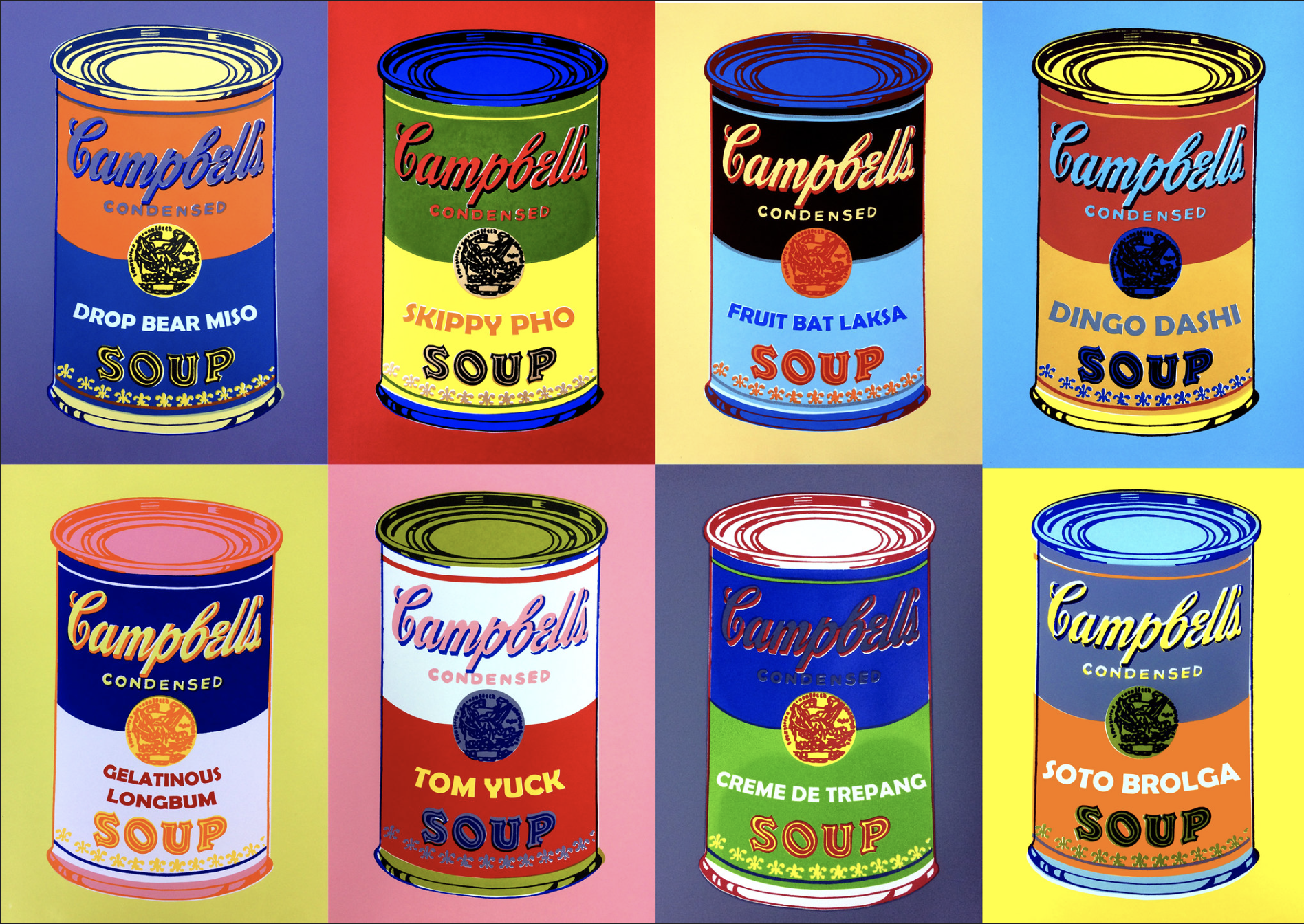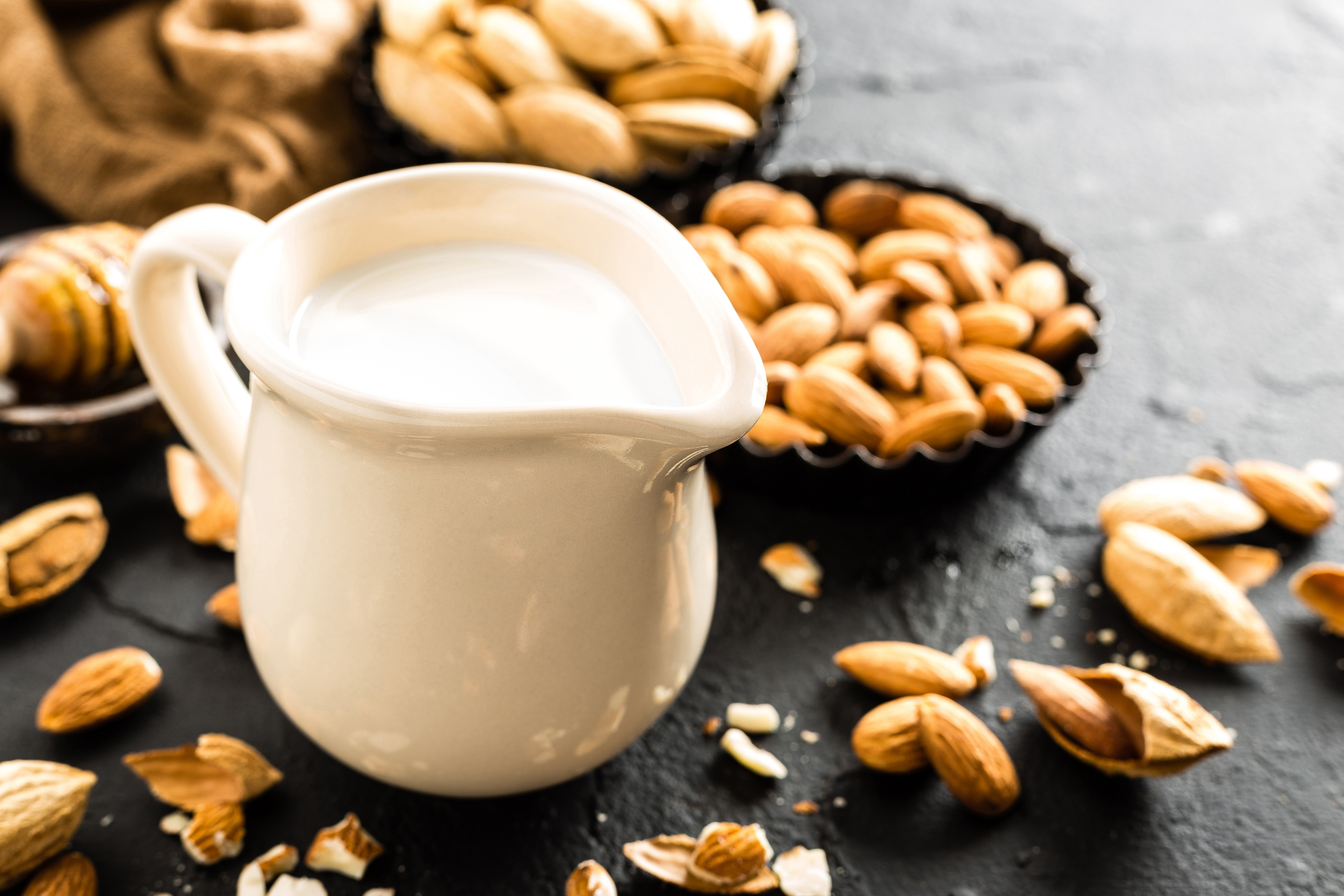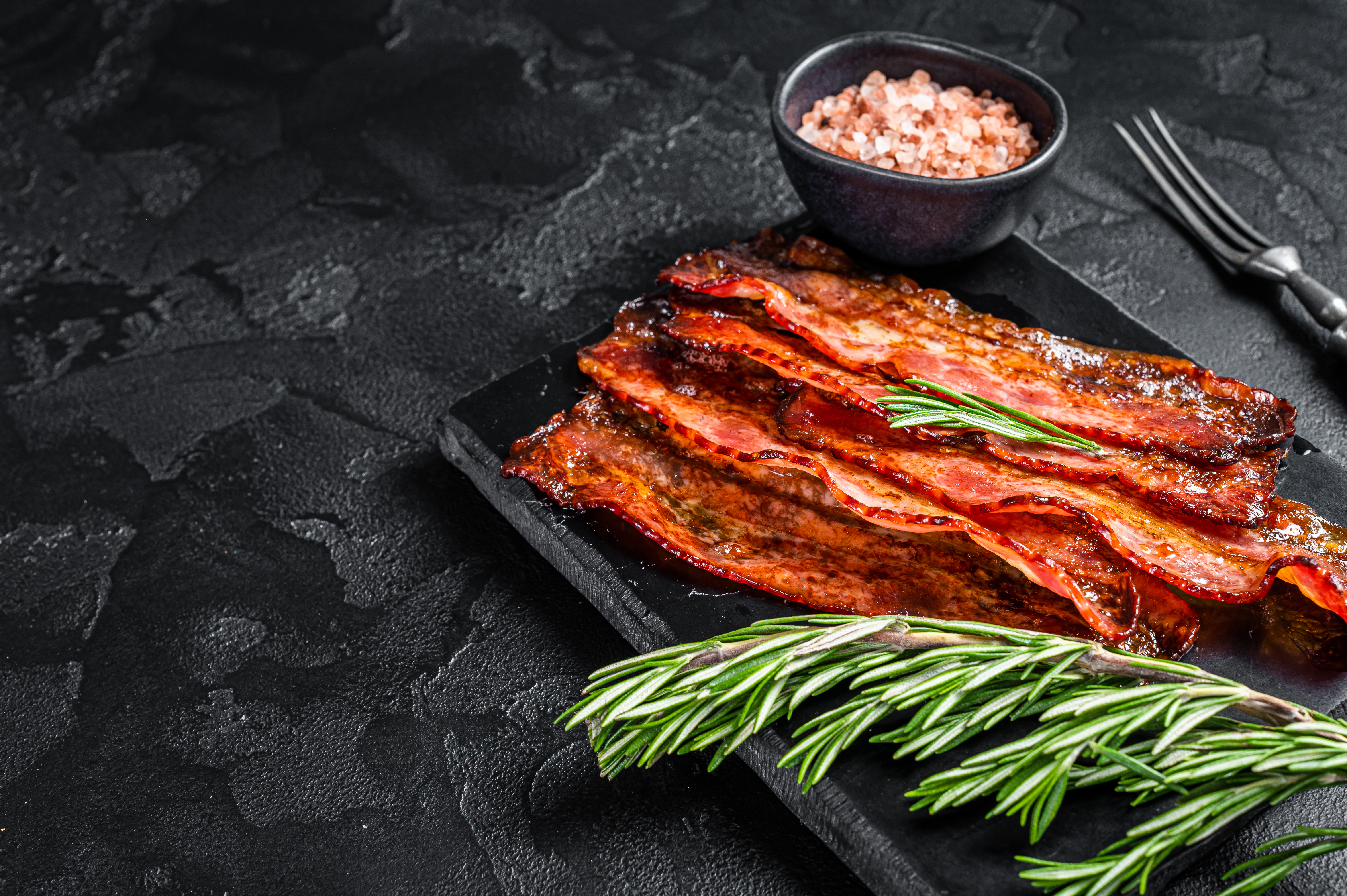Inflammation Alarms: Hidden Triggers in Your Favorite Processed Foods
Your kitchen might look clean—but your pantry could be hiding trouble. Behind the bright labels and buzzwords like “natural,” “lite,” or “heart-healthy,” many processed foods carry a hidden load of inflammatory ingredients. These aren’t just harmless preservatives or flavor enhancers—they’re stealthy saboteurs that can quietly trigger chronic inflammation, disrupt your hormones, and increase the risk of conditions like heart disease, obesity, and autoimmune issues. The worst part? Most of us eat them daily without realizing it. That’s why we’ve expanded our list to 16 common inflammatory ingredients—each one broken down by what it is, how it hides, and why it harms. It’s time to read labels like your health depends on it—because it does. This guide will help you spot the red flags, dodge the damage, and make smarter choices that keep your body calm, not inflamed. Let’s decode your groceries and take back control.
1. The Sugar Overload Syndicate (Beyond Just "Sugar")

Sugar isn't just the white crystals; it's an undercover agent with dozens of aliases like high-fructose corn syrup, dextrose, maltodextrin, and evaporated cane juice, hiding in everything from your "healthy" yogurt and bread to savory sauces and salad dressings. This excess sugar triggers a cascade of inflammatory responses, promoting insulin resistance, weight gain, and an environment where chronic diseases thrive. Its ingenious disguise allows it to infiltrate nearly every aisle, making constant vigilance and label-reading your best defense against this sweet but insidious fire-starter.
2. Artificial Trans Fats: The Clogged Artery Architects (Partially Hydrogenated Oils)

Though their use is declining, artificial trans fats – often listed as "partially hydrogenated oils" – are masters of disguise in processed foods like margarines, shortenings, packaged baked goods, and fried fast foods. Created to extend shelf life and improve texture, these fats are inflammatory villains. They raise LDL ("bad") cholesterol, lower HDL ("good") cholesterol, and promote arterial inflammation, directly increasing heart disease risk. Even "0g trans fat" labels can be misleading if PHOs are present in small amounts per serving.
3. Refined Carbohydrates: The Stripped-Down Saboteurs (White Flour & Its Kin)

White bread, pasta, sugary cereals, and most baked goods are built on refined carbohydrates – grains stripped of their beneficial fiber and nutrients. Your body digests these "empty" carbs rapidly, causing sharp spikes in blood sugar and insulin. This rollercoaster effect fuels inflammation and oxidative stress. Food manufacturers ingeniously use these cheap, shelf-stable flours to create appealing textures, but they offer little nutritional value, instead paving the way for energy crashes, cravings, and a pro-inflammatory internal environment.
4. Artificial Food Dyes: The Rainbow Ruse

Those dazzling blues, vibrant reds, and electric yellows in candies, drinks, cereals, and even some medications? They often come from artificial food dyes (e.g., Red No. 40, Yellow No. 5). Derived from petroleum, these synthetic colorants are purely cosmetic, offering no nutritional value. Emerging research and anecdotal reports link some dyes to increased inflammation, allergic reactions, and hyperactivity in sensitive individuals, particularly children. Their ingenious use is to make processed items visually irresistible, masking less appealing natural hues.
5. Omega-6 Overload: The Unbalanced Oil Attack (from Industrial Seed Oils)

While some Omega-6 fatty acids are essential, modern processed foods – fried items, baked goods, salad dressings, margarines – are flooded with them from cheap industrial seed oils like soybean, corn, sunflower, and safflower oil. This creates a massive imbalance with anti-inflammatory Omega-3s. This lopsided ratio promotes a chronic pro-inflammatory state in the body, contributing to many modern diseases. It’s an ingenious cost-saver for manufacturers, but a hidden health cost for consumers.
6. Monosodium Glutamate (MSG) & Its Hidden Cousins: The "Umami" Overdrive

MSG is the notorious flavor enhancer that gives foods an irresistible "umami" or savory kick. While some tolerate it fine, for others, it can trigger inflammatory responses, headaches, and other adverse reactions. Ingeniously, it also lurks under less obvious names like "hydrolyzed vegetable protein," "autolyzed yeast extract," or "natural flavors" in countless processed foods, from chips and soups to frozen meals and restaurant dishes, making it a widespread, often undetected, source of potential inflammation.
7. Excessive Sodium: The Stealthy Pressure Cooker

It’s not just the salt shaker on your table; the vast majority of our sodium intake comes hidden in processed and restaurant foods. Canned soups, deli meats, frozen dinners, sauces, and even bread can be loaded with it. Manufacturers use sodium ingeniously for flavor and preservation. However, this chronic overload contributes to high blood pressure, strains the cardiovascular system, and can promote a low-grade inflammatory state, making it a pervasive, often underestimated, health risk.
8. Gluten Overload (in Ultra-Processed Forms for Some): The Modern Wheat Woe

For individuals with celiac disease or non-celiac gluten sensitivity, gluten (a protein in wheat, barley, rye) triggers significant inflammation. But even for others, the highly processed, de-natured forms of gluten found ubiquitously in modern processed foods—from fast food buns to commercial baked goods and snacks—can contribute to gut irritation and a pro-inflammatory environment due to their rapid digestion and interaction with gut bacteria, a far cry from traditionally prepared whole grains.
9. A1 Casein (in Specific Dairy): The Contentious Cow Protein

Casein is a primary protein in cow's milk. However, the A1 beta-casein variant, common in milk from many Western cow breeds, releases a peptide called BCM-7 during digestion. For some individuals, BCM-7 is linked to digestive discomfort and increased inflammatory markers. While A2 milk (from specific breeds) is gaining popularity as an alternative, most conventional processed dairy products – from cheese sauces to milk powders in snacks – utilize A1 casein, a potential hidden trigger for inflammation in susceptible people.
10. Artificial Sweeteners: The Deceptive Diet Decoys (Aspartame, Sucralose, etc.)

Marketed as "guilt-free" sugar alternatives, artificial sweeteners like aspartame, sucralose, and saccharin are pervasive in diet drinks, "sugar-free" snacks, and light yogurts. However, mounting research suggests these non-caloric chemical sweeteners can negatively impact gut bacteria, potentially leading to glucose intolerance, metabolic disruption, and even increased inflammation. Their ingenious trick is fooling your taste buds while possibly setting up your body for other health battles, making them a deceptive choice.
11. Highly Refined Vegetable Oils: The Oxidation Instigators

Beyond just the Omega-6 imbalance, common vegetable oils like soybean, corn, canola, and cottonseed oil used extensively in processed foods are often highly refined using heat and chemical solvents. This processing can strip nutrients and create unstable fats prone to oxidation, especially when repeatedly heated (as in fried foods). Oxidized fats are highly inflammatory and damaging to cells. Their cheapness and neutral flavor make them an ingenious go-to for food manufacturers, but a constant source of low-grade inflammation for consumers.
12. Carrageenan: The Creamy Impostor

Used to thicken and stabilize everything from almond milk to deli meats, carrageenan is a seaweed-derived additive that sounds natural—but acts anything but. Studies suggest it can trigger inflammation in the gut, especially in individuals with pre-existing digestive issues like IBS or IBD. While it's technically “plant-based,” its highly processed form may disrupt the intestinal barrier, promoting bloating, discomfort, and low-grade inflammation. You’ll find it in products marketed as “healthy,” especially dairy alternatives and creamy beverages. Carrageenan hides in plain sight—smooth on the tongue, but potentially rough on your gut.
13. Propylene Glycol: The Slick Industrial Residue

Found in everything from frostings to flavored drinks and ice creams, propylene glycol is used to retain moisture and improve texture. It’s also used in antifreeze and industrial solvents—which doesn’t automatically make it toxic, but raises eyebrows for good reason. While FDA-approved in small amounts, research shows it may cause oxidative stress and inflammation in sensitive individuals, particularly when consumed regularly. Often labeled as E1520 or “humectant,” it’s a master of disguise in the processed food world. Not every bite of cake or sip of syrup contains it—but when it does, your body might not thank you.
14. Sodium Nitrates & Nitrites: The Processed Meat Preservers

These preservatives give deli meats, bacon, and hot dogs their pink color and long shelf life—but they also bring baggage. Once inside your body, nitrates can convert into nitrosamines, compounds linked to increased inflammation and cancer risk. Frequent consumption of these processed meats has been associated with higher rates of colorectal cancer and cardiovascular issues. While small amounts might not be catastrophic, regular exposure creates a pro-inflammatory environment that your body struggles to manage. “Uncured” meats might sound better, but always check the label—because these additives aren’t as harmless as they seem.
15. Titanium Dioxide: The Whiteness You Didn’t Ask For

Used to make foods like powdered donuts, candies, and coffee creamers look brighter and more appealing, titanium dioxide is a whitening agent with no nutritional value—and increasing controversy. Studies suggest it may cause DNA damage and disrupt gut microbiota, leading to inflammation and compromised immune function. Though still permitted in small amounts in some countries, it’s banned or restricted elsewhere due to safety concerns. Often listed simply as “color additive” or E171, it’s the kind of ingredient you’d never request—yet regularly consume unless you know where to look. Bright white shouldn’t mean biologically risky.
16. BHA & BHT: The Shelf-Life Extenders with a Cost

Butylated hydroxyanisole (BHA) and butylated hydroxytoluene (BHT) are synthetic preservatives used to prevent rancidity in cereals, chips, snack bars, and even gum. While effective for extending shelf life, they’ve been shown in some studies to disrupt hormone function and provoke inflammatory responses. Both are classified as “possible human carcinogens,” and long-term exposure has raised red flags among researchers. Despite their risks, they’re still widely used in the U.S. food supply. If you see them on a label, it’s a good sign to put the product back—because long shelf life shouldn’t come at the cost of your cellular health.
Read the Label, Reclaim Your Health

The real danger isn’t just what’s in your food—it’s what you don’t know is in it. These 16 inflammatory ingredients aren’t always easy to spot, but their effects on your body are far from invisible. From gut-disrupting thickeners to oxidation-prone oils and industrial preservatives hiding behind friendly names, these stealthy additives can quietly fuel chronic inflammation, fatigue, weight gain, and long-term disease risk. But knowledge is power—and once you know what to look for, you can take back control. This isn’t about fear—it’s about awareness. Because your pantry shouldn’t be a battleground, and your food shouldn’t work against you. So next time you shop, flip the package, scan the fine print, and choose better. Your body is constantly working to protect you—now it’s your turn to return the favor. One label at a time, you’re not just dodging ingredients—you’re building a stronger, more resilient you.
